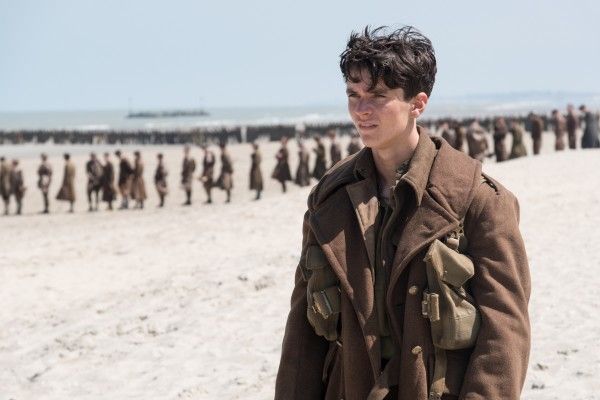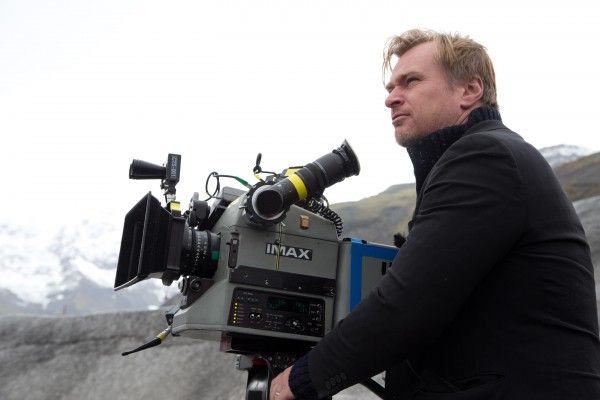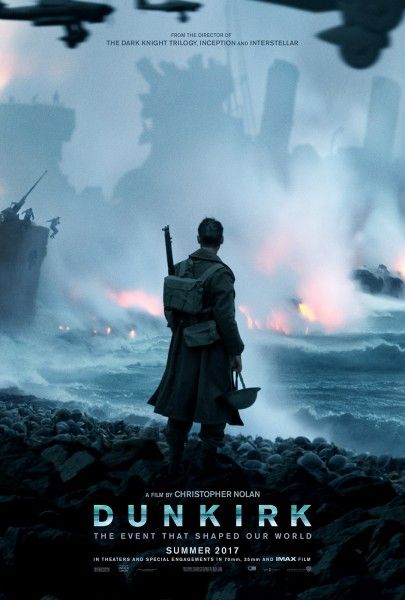We’re now in the thick of 2017 (it’s March already??), which means we’re that much closer to a new film from Christopher Nolan. The accomplished filmmaker turns his talents to historical drama territory for the first time in his career with Dunkirk, a film described as an “action-thriller” that aims to chronicle the pivotal World War II evacuation.
But when Dunkirk arrives it won’t just be the subject matter that’s new territory for Nolan, but the narrative. Nolan has always been a fan of non-linear storytelling, and indeed his first few films relied on this quite heavily as a means of unraveling information in engaging manners (see: Memento, The Prestige, Batman Begins). With Dunkirk however, it’s not the lineation of the storytelling that Nolan is shaking up, but the point of view.
In an interview with Premiere (via The Playlist), Nolan revealed that Dunkirk is a triptych:
“The film is told from three points of view. The air (planes), the land (on the beach) and the sea (the evacuation by the navy). For the soldiers embarked in the conflict, the events took place on different temporalities,” Nolan said (via Google translation). “On land, some stayed one week stuck on the beach. On the water, the events lasted a maximum day; And if you were flying to Dunkirk, the British spitfires would carry an hour of fuel. To mingle these different versions of history, one had to mix the temporal strata. Hence the complicated structure; Even if the story, once again, is very simple.”
That’s a fascinating take on the material, and it explains why the film’s large cast seems to be spread out. The land portion is carried by mostly newcomers, including the film’s main protagonist Fionn Whitehead and pop singer turned actor Harry Styles; the air portion is headed up by Tom Hardy; and the sea part of the film looks to be carried by Cillian Murphy and Mark Rylance.
Nolan, who wrote the screenplay by himself, went on to explain that the narrative approach is in service of telling this incredibly important true story:
“This is an essential moment in the history of the Second World War. If this evacuation had not been a success, Great Britain would have been obliged to capitulate. And the whole world would have been lost, or would have known a different fate: the Germans would undoubtedly have conquered Europe, the US would not have returned to war,” he said. “It is a true point of rupture in war and in history of the world. A decisive moment. And the success of the evacuation allowed Churchill to impose the idea of a moral victory, which allowed him to galvanize his troops like civilians and to impose a spirit of resistance while the logic of this sequence should have been that of surrender. Militarily it is a defeat; On the human plane it is a colossal victory.”
I’m really curious to see Nolan’s genius for visual storytelling applied to an incredibly important and true moment of history. Before, he’s been untethered by reality or non-fiction, allowing himself to make some leaps. But with Dunkirk, there’s a deference to the people and event that is necessary.
We’ll find out when Dunkirk hits theaters on July 21st.




